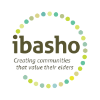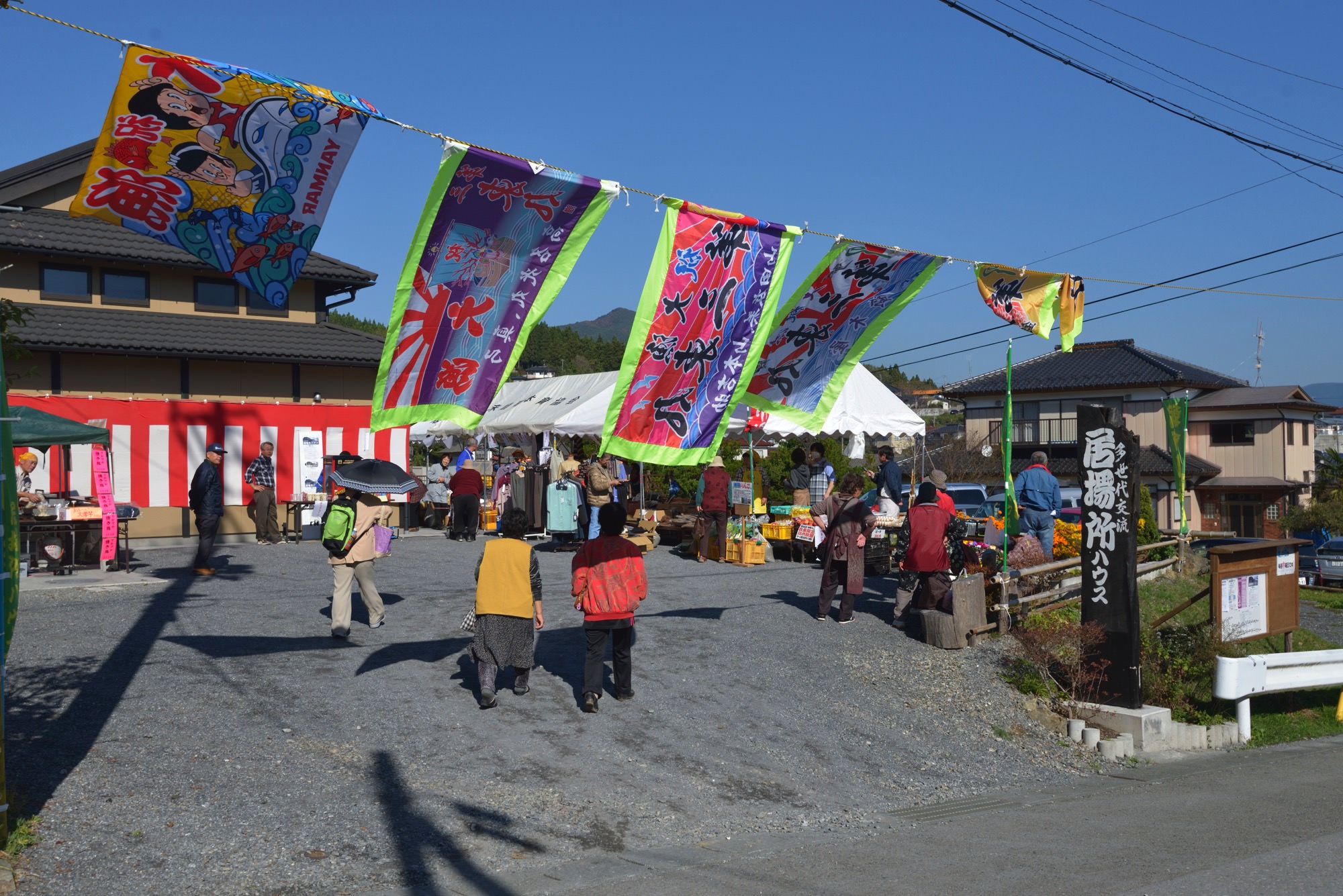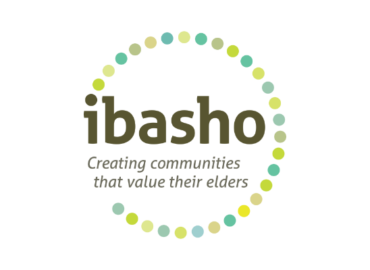Both our Ibasho technical team and local elders learned important Lessons in the process of replicating the Ibasho concept in post-disaster areas of the Philippines and Nepal. While both communities benefited from facilitation and technical support provided by individuals and organizations in Japan, Japanese expertise and methods needed to be modified in order to fit the culture and capacities of communities in different countries.
Lesson 1: Find local elder leaders through collaborating with existing community organizations
Ibasho’s mission is to create inclusive communities led by a group of elders. To find those elders when starting a new program, we learned that it is most effective to collaborate with local organizations to identify champions for Ibasho activities.
Lesson 2: Establish a shared vision with local community
Because Ibasho empowers local elders to create community hubs where they take on a leadership role, establishing and maintaining a self-sustainable operation that is not dependent on grants or other outside support, it is critical to establish shared values and expectations with local community members from the start. It is especially crucial that the commitments and responsibilities of local elders be discussed and agreed upon, both among the elders themselves and between the elders and the Ibasho technical team.
Lesson 3: Empower elders and help them decide rather than making decisions for them
To ensure that elders are both seen as assets to their community and empowered to maintain the Ibasho project, the Ibasho team must often educate both elders and the local coordinator, to shift their mindset from the traditional dependency model to the interdependency approach that is a core part of Ibasho’s eight principles. We must carefully assess the capacity of community members, patiently facilitate discussions among them, and help them make their own decisions about programs, processes, and operation, rather than deciding what they should do.
Lesson 4: Understand the community’s needs and allow it work at its own pace
As part of its respect for community traditions and rituals, Ibasho teams must adjust program development and planning to fit in with local events and proceed at a pace that is comfortable for the elders.
Lesson 5: Develop income generation programs to make the program self-sustainable for the long term
Ibasho is a self-sustainable operation model, not grant dependent. Therefore, it is critical to set up the right expectation from the start about the need to find ways to generate enough income to grow and sustain the project for a long time. The Ibasho team can help by exposing elders to a variety of possible livelihood projects they can choose from and integrate into their group effort. We have also learned that it is important to integrate the development of business and financial plans into group discussions from early on.
Lesson 6: Establish clear lines of communication between elders and local government
No Ibasho project can be created without collaborating with local government, so the local elders should have a clear line of communication with a person or people in government who can provide the help they need both in national and local levels.
Lesson 7: Prepare elders for the need to hire outside help
Through our development processes, we have learned that much of the information we needed about regulations, newly introduced programs, or other resources were not available either online or at the city hall, requiring a great deal of time and energy to fill our required paperwork or arrange for the necessary inspections. Much of the required paperwork was complex, so elders needed to hire an accountant and/or lawyer to prepare them properly.
Lesson 8: Set up multiple milestones which are concrete collaboration activities directly benefit community members of all ages
The process of integrating Ibasho’s core principles into one’s community and contributing to community members of all ages is not always easy or straightforward, and elders may feel discouraged at times. Therefore, it is critical to help them plan concrete community upgrading projects that include several steps to be accomplished and celebrated. These activities also make it easier for other community members to see and appreciate the contributions the elders are making.
Lesson 9: Facilitate interactions with younger people
The opportunity to interact with and help young members of the community is attractive to elders, often motivating them to be involved in Ibasho projects. However, intergenerational interactions should not be open just to elders and small children. People of all ages should be welcome and encouraged to participate, strengthening social ties throughout the community. Intergenerational activities also provide an opportunity for elders to reach out to their family members and younger friends and neighbors about the Ibasho project.
Lesson 10: Careful planning for building a physical space with community
Building a community hub is an effective way for elders to contribute to their communities. At the same time, it is a costly in terms of time, effort and money, so it is important to plan carefully to ensure that the purpose, accessibility, and scale of the physical infrastructure fits their needs and capacity. The Ibasho technical team should talk to community elders about to what extent they can manage a construction project, and the community should consider improving or renovating an already existing place as the Ibasho hub rather than building from scratch. It is also important to understand the cultural significance of the place where the Ibasho hub is built in order to maintain the integrity of the place and the community. We learned, for instance, that a prospective Ibasho hub in Nepal was being planned on a culturally significant place where a festival had traditionally been held. After discussions with the local elders, we collectively decided not to build there.





